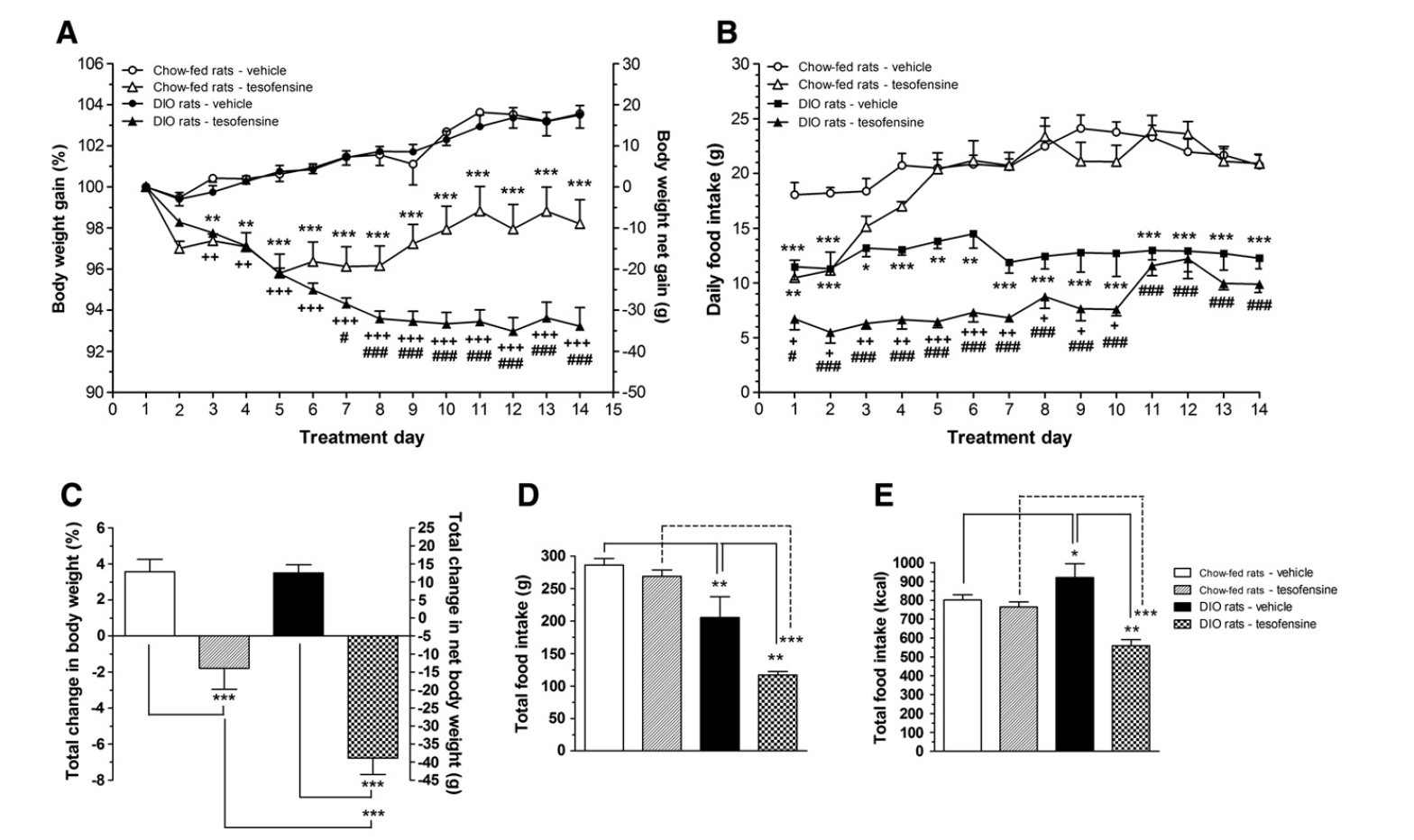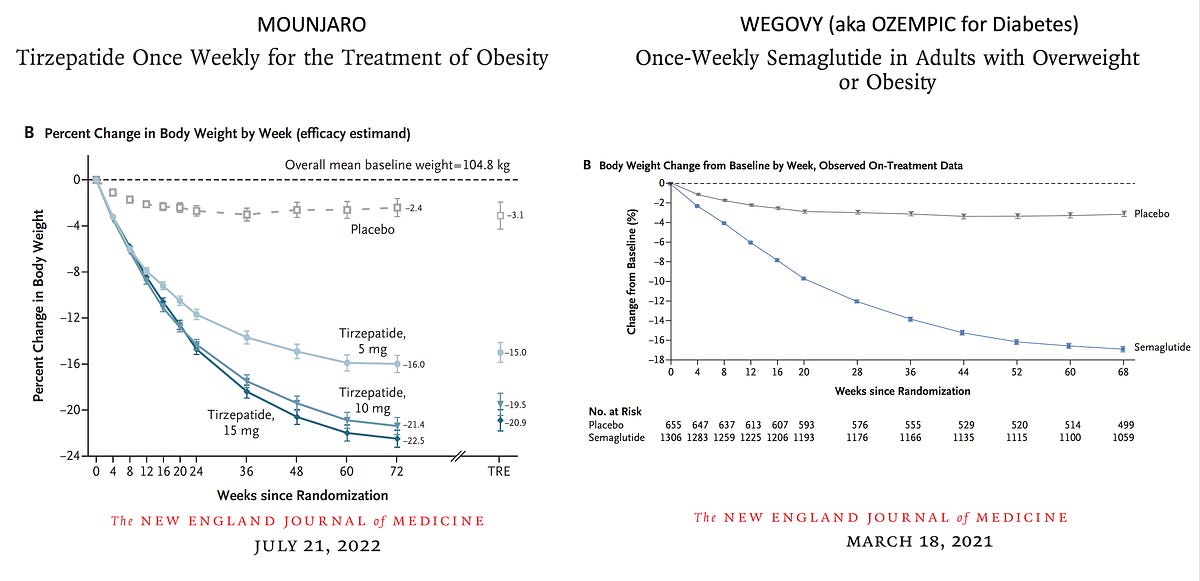
September 5, 2024
Anti-obesity Drug Discovery: Advances And Difficulties Nature Assesses Medication Discovery
Tesofensine https://ewr1.vultrobjects.com/pharmaceutical/medication-safety/product-lifecycle/unraveling-the-advantages-of-tesofensine-in-scientific-tests-examining-its.html Discover The Science & Experts Simultaneously, the expression of and sensitivity to anorexigenic neuropeptides lower in these same areas to constitute a double-barrelled defence of body weight111,112,113. Concurrently, the thickness and stamina of the orexigenic agouti-related peptide (AgRP)/ neuropeptide Y (NPY) fibres that forecast from the arcuate center (ARC) to the paraventricular hypothalamic cores increase in response to long term fasting. This renovation of the ARCAgRP/NPY estimates correlates with enhanced activation of paraventricular hypothalamic cores neurons with the objective to recover food intake114. An additional obstacle in weight management pharmacology is that consistent elevation of adiposity signals such as leptin and insulin lead to desensitization, causing a damaged responsiveness of this homeostatic system115,116,117.Obesity Drug Update: The Shed Decade?
What is the most efficient weight management therapy?
For individuals with a BMI over 35 & #x 2014; or a BMI over 30 with other associated illness & #x 2014; bariatric surgical procedure is usually the most efficient lasting therapy for fat burning.
Restorative Targets For Weight Problems
In 2020, the FDA asked for withdrawal of lorcaserin as a result of clinical tests showing an enhanced event of cancer cells (see Related links). Nonetheless, at the exact same time the FDA approved lorcaserin for the therapy of persistent serious epilepsy in youngsters (Dravet syndrome). In spite of the integral difficulties to this certain method, the search for boosted serotonergics is symbolized by tesofensine, which is a multimode prevention of norepinephrine, serotonin and dopamine reuptake that was originally progressed for treatment of Alzheimer condition. In a stage II research, it was reported to dose-dependently decrease body weight by 4.4-- 10.4% 166,330.- There are several reasons why GIP agonism may give additional metabolic benefits to GLP1 treatment, in addition to lowering body weight and food consumption via GLP1R-independent mechanisms184,185.
- Currently, just one recombinant leptin analog, metreleptin (Myalepta), is accepted for clients with leptin shortage.
- Remarkably, the medicinal targeting of the GIP receptor (GIPR) by agonists (130, 136-- 138) as well as by villains (139, 140) resulted in body weight-loss in obese rodents.
- Nevertheless, any person that has problem with his or her weight can benefit from our medical weight-loss programs.
Tesofensine
KD026 (1- [[ 3-methoxy-2- [4-( trifluoromethyl) phenyl] benzoyl] amino] -3,4- dihydro-1H-isoquinoline-2-carboxylic acid) is an unique, nonsystemically available intestinal microsomal transfer healthy protein inhibitor under clinical investigation for the therapy of excessive weight (Kim et al., 2011; Jackson et al., 2014). Microsomal transfer healthy protein is a heteromeric protein involved in the synthesis of chylomicrons and apolipoprotein B-containing lipoproteins, influencing the transport of lipids and cholesterol from the intestine and liver to cells (Cuchel & Rader, 2013). First-generation microsomal transfer protein inhibitors were developed to inhibit hepatic healthy proteins and give an unique treatment for dyslipidemia (Roevens et al., 1999). While potent inhibitors of hepatic microsomal transfer healthy protein took in decreasing low-density lipoprotein-cholesterol, these inhibitors led to elevation of liver enzymes and hepatic steatosis in pets and people (Roevens et al., 1999; Gruetzmann et al., 2000). Presently, only one recombinant leptin analog, metreleptin (Myalepta), is accepted for patients with leptin shortage. The look for downstream mediators of leptin deficiency led to the exploration of the orexigenic hypothalamic peptide melanin-concentrating hormone (MCH) (82 ). Pharmacological clog of MCH receptor 1 (MCHR1) emerged as appealing medication target for the therapy of obesity. Nevertheless, years of efforts stopped working to validate the MCHR1 villain idea in phase I medical tests (83 ). The increasing understanding of the physiology of food consumption and energy equilibrium, and the pathophysiology of its dysregulation, resulted in the advancement of medicines that disrupt neuropeptide hormonal agent signaling pathways, such as leptin-melanocortin signaling. The media represented the CB1 receptor villains as the following marvel medication, guaranteeing to stop overindulging, jail the misuse of pure nicotine and alcohol, and even increase prices of "great" cholesterol. In contrast to the rare congenital leptin deficiency, melanocortin-4 receptor (MC4R) mutations are the most typical root causes of monogenic excessive weights. Two novel MC4R agonists were just recently identified that were able in vitro to turn on mutated human MC4R (29 ). However, medical tests are required to validate the performance and security of these substances in humans. Just recently, a brand-new NPY receptor antagonist has shown to be a lot more effective in regards to control of food consumption and weight loss when compared with velneperit in DIO computer mice [49] Unique therapies might be built on the hormonal signals and CNS pathways reviewed above, yet they might additionally make use of totally various principles and methods. As an example, the past years saw the discovery of several brand-new, hitherto unknown peripheral factors such as meteorin (151 ), meteorin-like (152 ), adipsin (153 ), irisin (154 ), or GDF15 (155 ), which have actually all been connected to energy and glucose homeostasis. These novel aspects might hold great promise as foundations for future therapies against the MetS. GDF15 appears to be at spotlight in this competitive search for new antiobesity medicines, and has actually lately been reported as a potent anorexigen that applies its weight-lowering activity using the receptor GDNF household receptor α-- like (GFRAL) (156-- 158). The mix of pramlintide with metreleptin resulted in a mean fat burning of 12.7% (90 ), and future weight reduction treatments based upon amylinomimetics or combinatorial treatments (e.g., with leptin) appear probable. On top of that, inhibition of the healthy protein tyrosine phosphatase PTP1B, an adverse regulator of the leptin and insulin signaling pathway, by trodusquemine (MSI-1436) and related analogs was revealed to generate weight-loss and leptin resensitization (91, 92). The metabolic disorder (MetS) incorporates clinical conditions such as weight problems, hyperglycemia, hypertension, and dyslipidemia that are significant vehicle drivers for the ever-increasing frequency of kind 2 diabetes mellitus, heart diseases, and specific kinds of cancer. At the core of scientific techniques against the MetS is weight management, generated by bariatric surgery, way of living modifications based upon calorie decrease and exercise, or pharmacology. 

Social Links